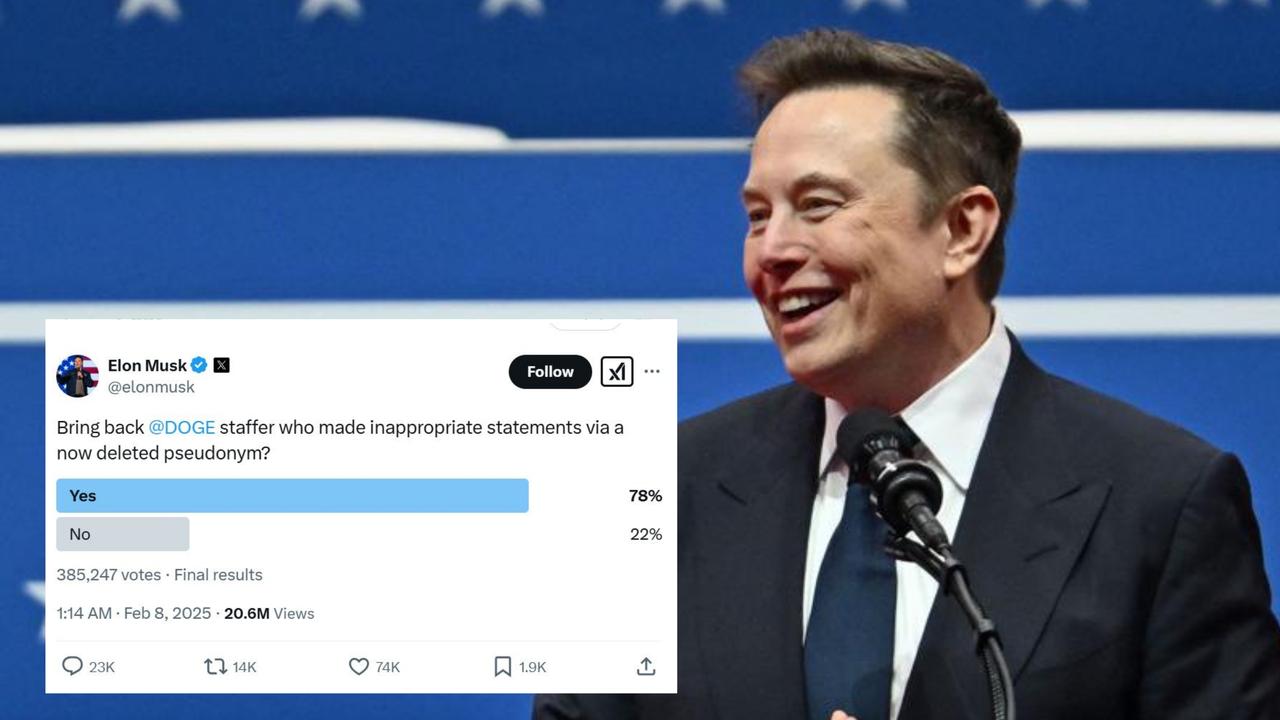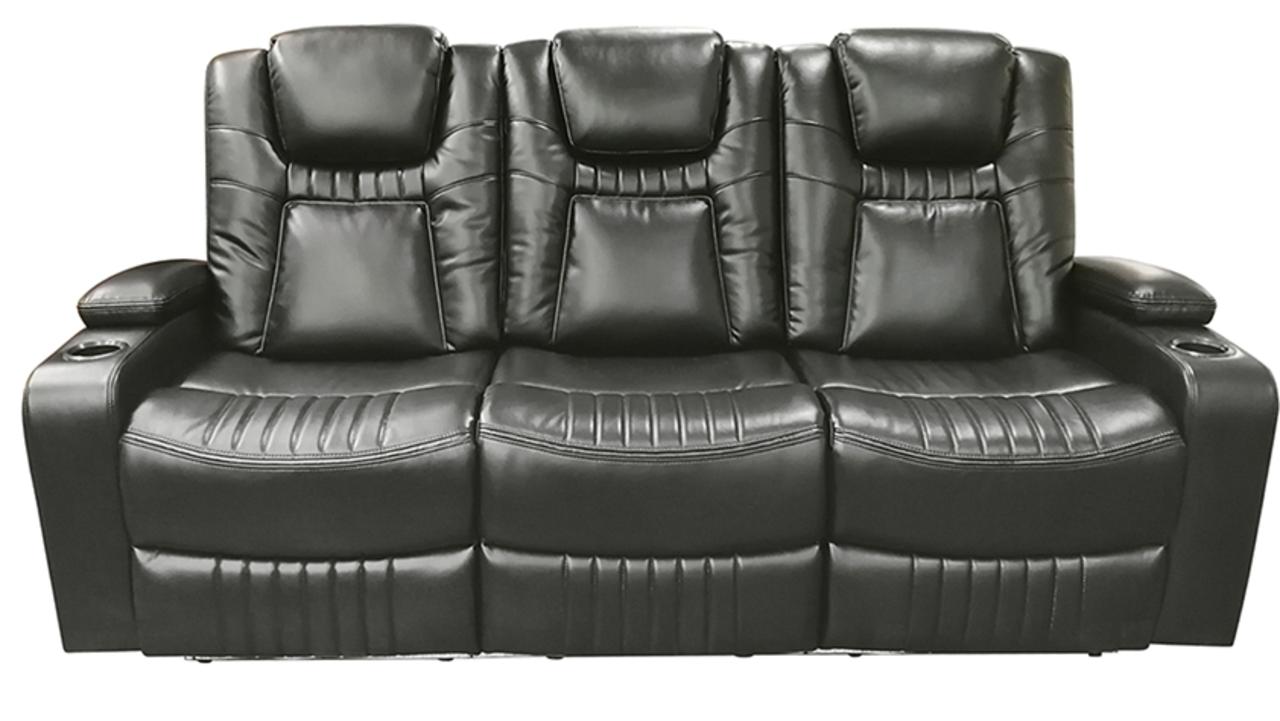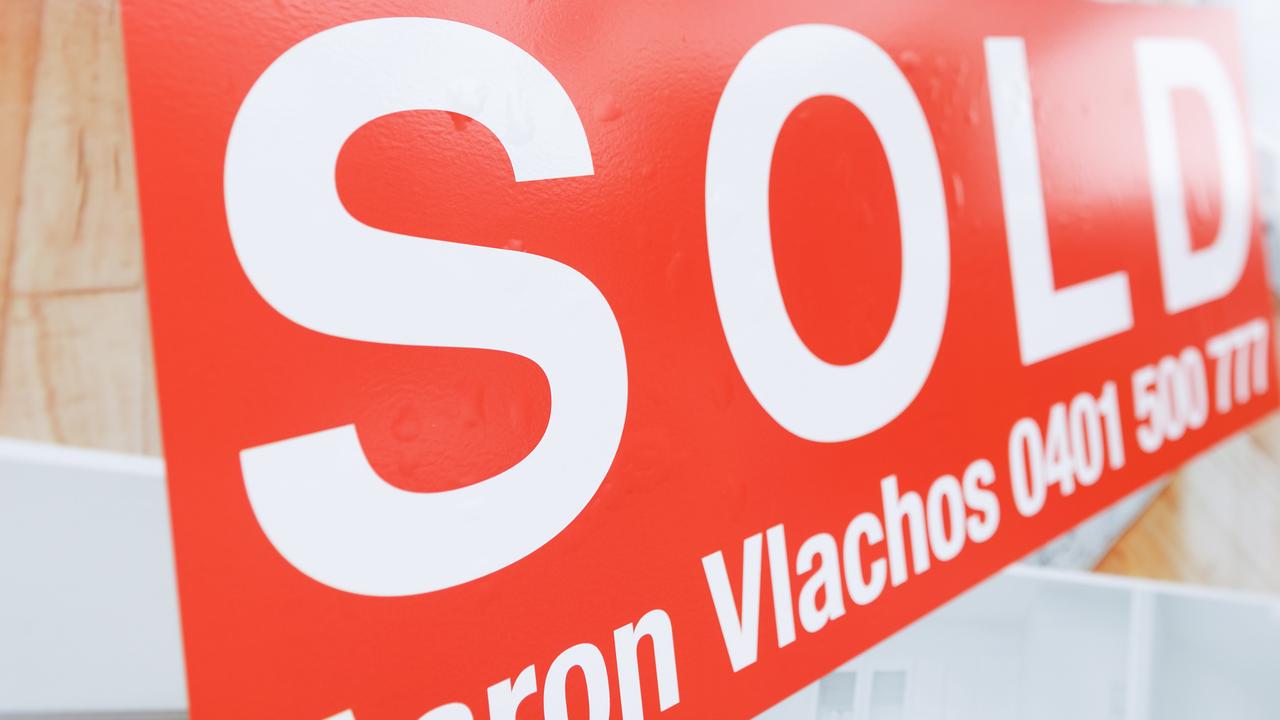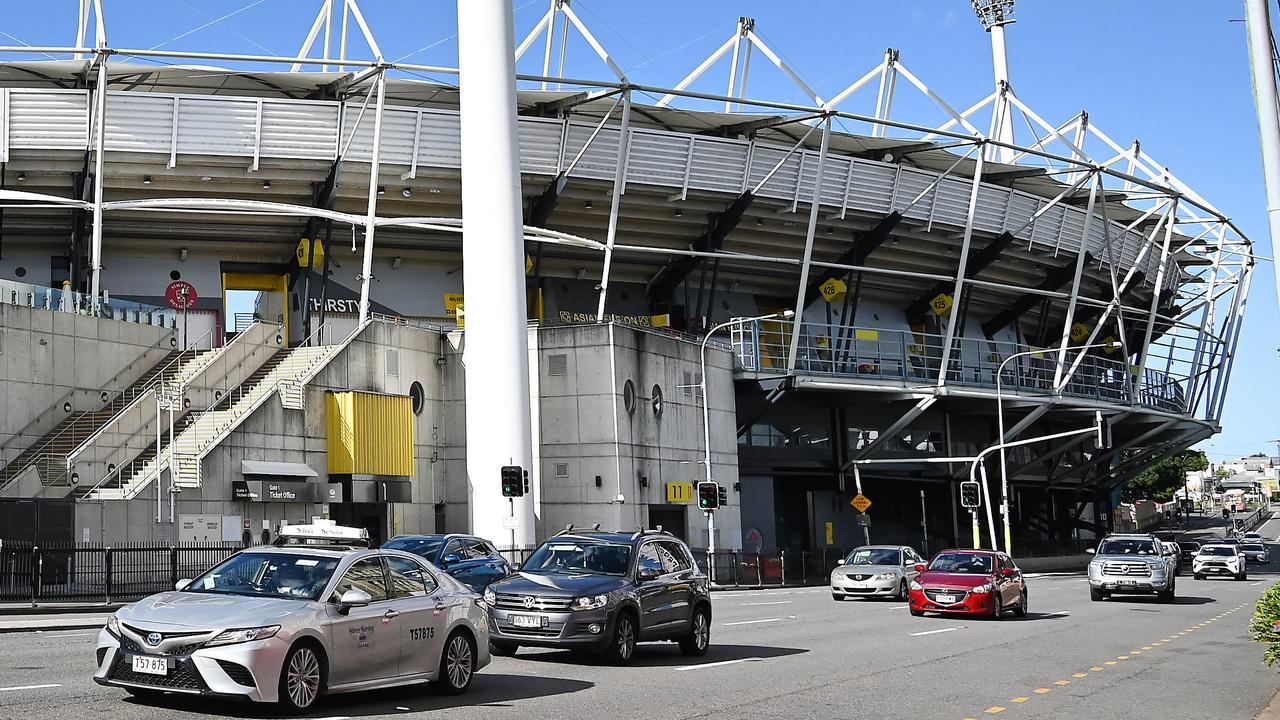ABS building approvals show another fall in June show
New data shows building approvals have stuck at near decade lows despite a modest uptick in the first half of the year, with NSW dragging down other states.
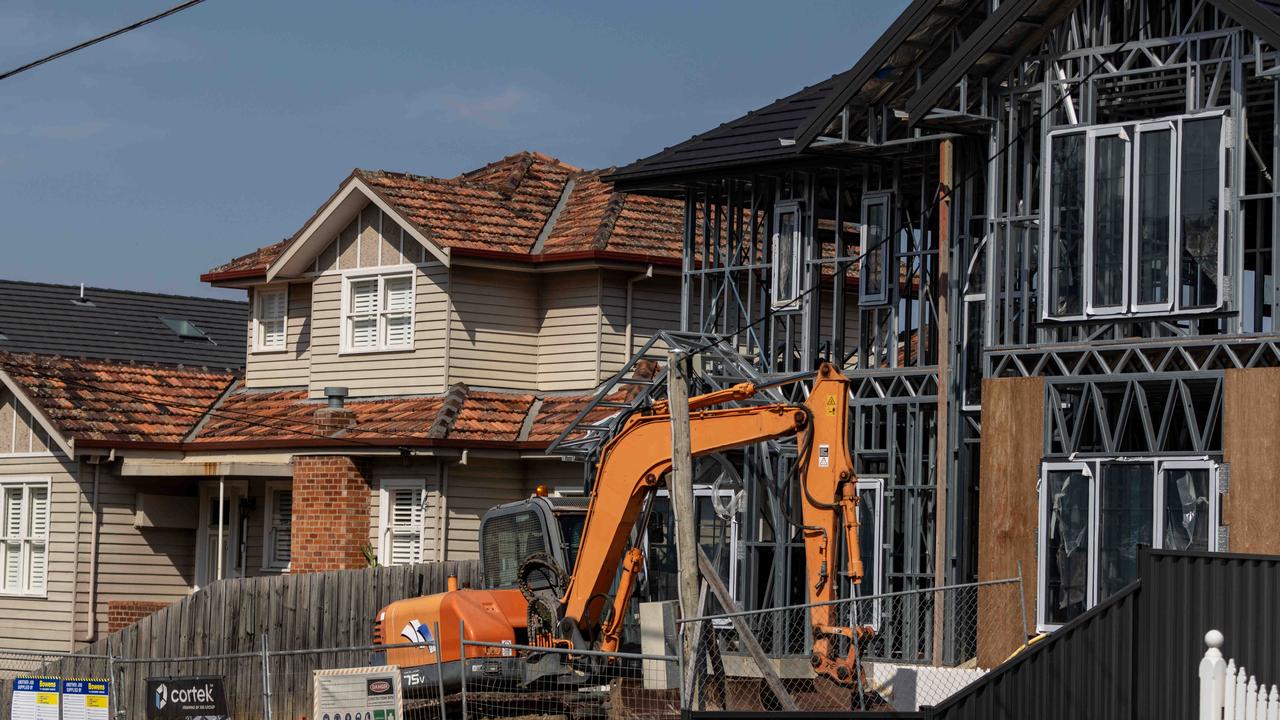
Business
Don't miss out on the headlines from Business. Followed categories will be added to My News.
Australia’s ambitious housing target will fall well short if interest rates and construction sector issues aren’t addressed to stop the flatlining of approvals for new homes, key industry groups say.
Just 13,237 new dwellings – including houses, apartments and townhouses – were approved in June, down 6.5 per cent since May, the Australian Bureau of Statistics said on Tuesday.
The data was released just a day before the ABS releases the June quarter inflation figures that will play into the Reserve Bank’s decision on the official interest rate at next week’s board meeting.
Inflation is expected to remain sticky around 4 per cent, above the RBA’s 2-3 per cent. Retail trade figures are also due on Wednesday.
Tuesday’s dwelling approvals data has led to calls for changes at the government and RBA level if the housing crisis can be fixed by the decade’s end.
For the 2023/24 financial year, only 163,000 homes had been approved, 77,000 short of the yearly target for the ambitious National Housing Accord of 1.2 million homes by 2029.
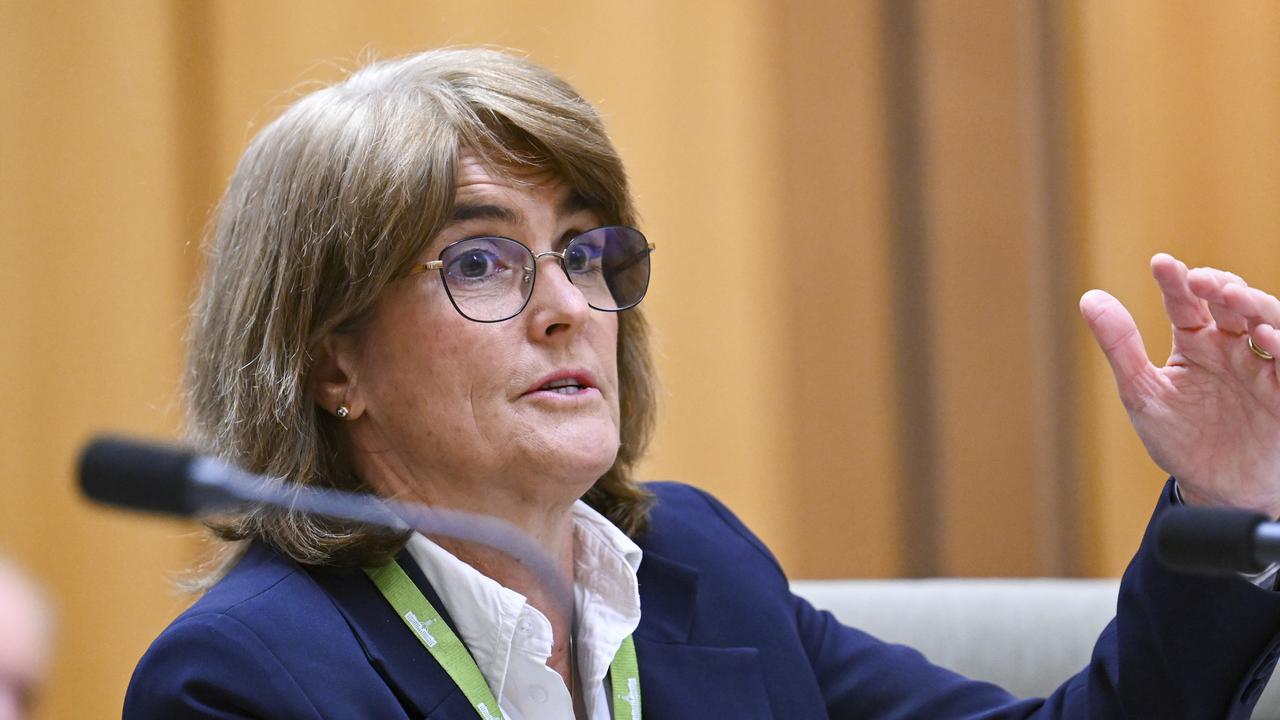
“The performance over the last year is a far cry from the 240,000 new homes that the Australian government wants to see built in each of the next five years,” HIA senior economist Tom Devitt said.
“New home approvals are down by 18.7 per cent compared to 2021/22, just as the RBA started increasing interest rates.
“The last time Australia saw this few new homes approved in a financial year was 2011/12, not coincidentally following the RBA’s last rate hiking cycle.
“At that point, the RBA had already started dramatically cutting rates again.”
Mr Devitt said while “significant uncertainty around the RBA’s battle against inflation” persists, other policymakers needed to reduce the cost of construction if Australia were to build sufficient new housing.
“This means easing of tax and regulatory burdens, bringing infrastructure and shovel-ready land to market faster, implementing genuine planning reform and facilitating higher density development in existing suburbs close to jobs and transport,” he said.
Master Builders Australia chief economist Shane Garrett said if annual building approvals continued at this rate, Australia will fall 385,000 homes short of its target.
are now at their lowest levels in over a decade despite strong signals from government to increase housing supply.
“Annual building approvals are now at their lowest levels in over a decade despite strong signals from government to increase housing supply,” Mr Garrett said.
Master Builders Australia CEO Denita Wawn said policy areas outside of the housing portfolio are driving up building costs and blowing out construction times.
“Addressing the housing crisis requires a holistic approach with input from multiple portfolios from industrial relations, infrastructure, procurement, immigration, to skills and training,” she said.
“Australian builders are willing and ready to get on with the job of building new homes, but they currently have one hand tied behind their back.
“The industry is being held back by worker shortages, slow planning approvals and critical infrastructure delays, as well as high taxes and charges deterring investment.
“Combined with industrial relations challenges and recent revelations of alleged union misconduct, costs and building times are blowing out.”
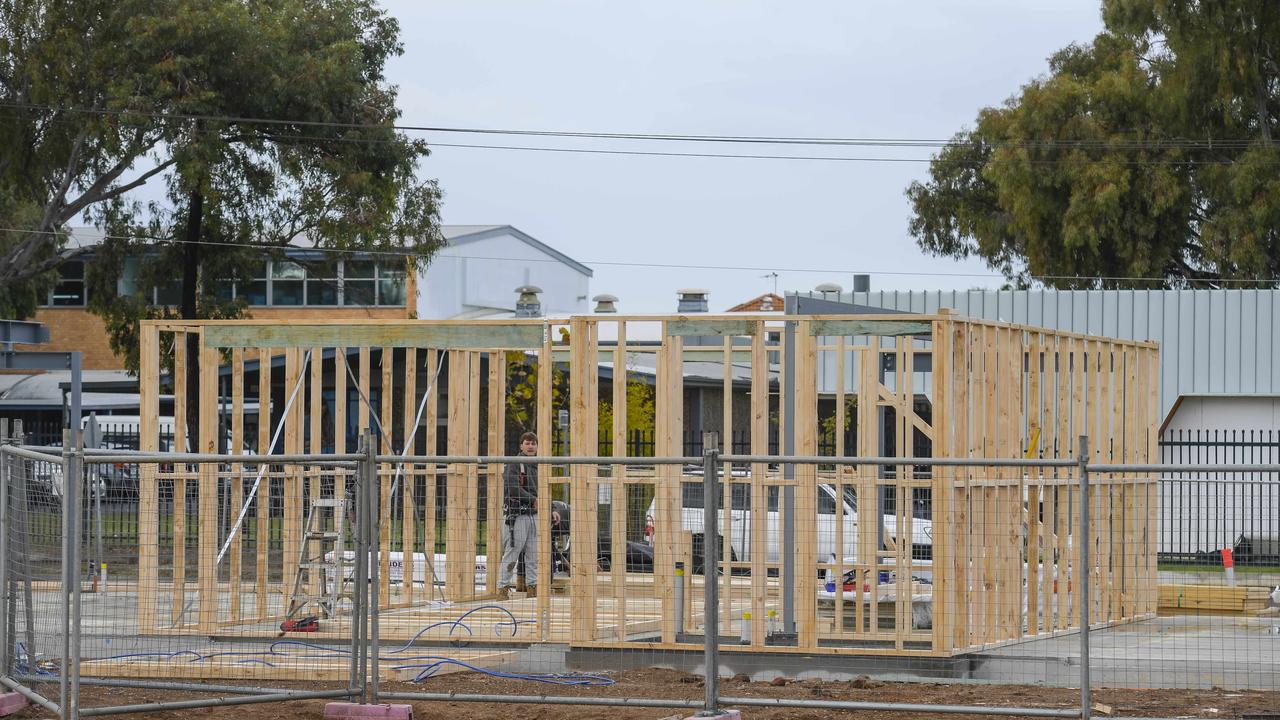
Approvals for new homes in June have fallen 6.5 per cent, breaking a five-month growth streak in a worrying sign for the strength of the housing sector.
ABS head of construction statistics Daniel Rossi said the fall was mainly driven by NSW which experienced a collapse with just 1597 private houses approved in June.
“This is the lowest recorded figure for NSW since 2013,” he said.
“Over the past 12 months, there have been a total of 162,892 dwellings approved, compared to 177,936 in the 12 months prior, representing a 8.5 per cent decrease, in original terms.
“This is the lowest number of dwellings approved on a financial year basis since 2011/12.”
Mr Rossi said material and labour shortages were continuing to affect the housing sector, with the average approval value for new houses rising by $19,444 between June 2023 and June 2024.
Approvals for private sector apartments and townhouses hit a near 12-year low. Just 29,388 apartment units were approved in the 12 months to June 2024, compared with 40,443 in the previous 12 months.
“Private sector dwellings excluding houses fell by 19.7 per cent in June, reaching the second lowest monthly level recorded since January 2012,” he said.
“The June figure represents a yearly fall of 22.1 per cent compared to the same month last year.
“Conditions for apartments remain challenging owing to high construction costs and higher interest rates.”
NSW Planning Minister Paul Scully said the Minns government was addressing the situation as a priority, with the introduction of the Transit-Oriented Development sites to allow denser and taller apartments and units to be built around public transport hubs.
“The NSW government is pulling every lever possible to address the housing crisis after total neglect by the former government, from the largest rezoning in NSW history to the largest ever investment directly into affordable and social homes,” he said.
“This is not the outcome we want but it is important to recognise that when the number of approvals increased previously, it was as interest rates fell.
“While approvals are being buffeted by challenging macroeconomic conditions, we need to make sure the system is ready to bound back strongly when national economic conditions are restored.”
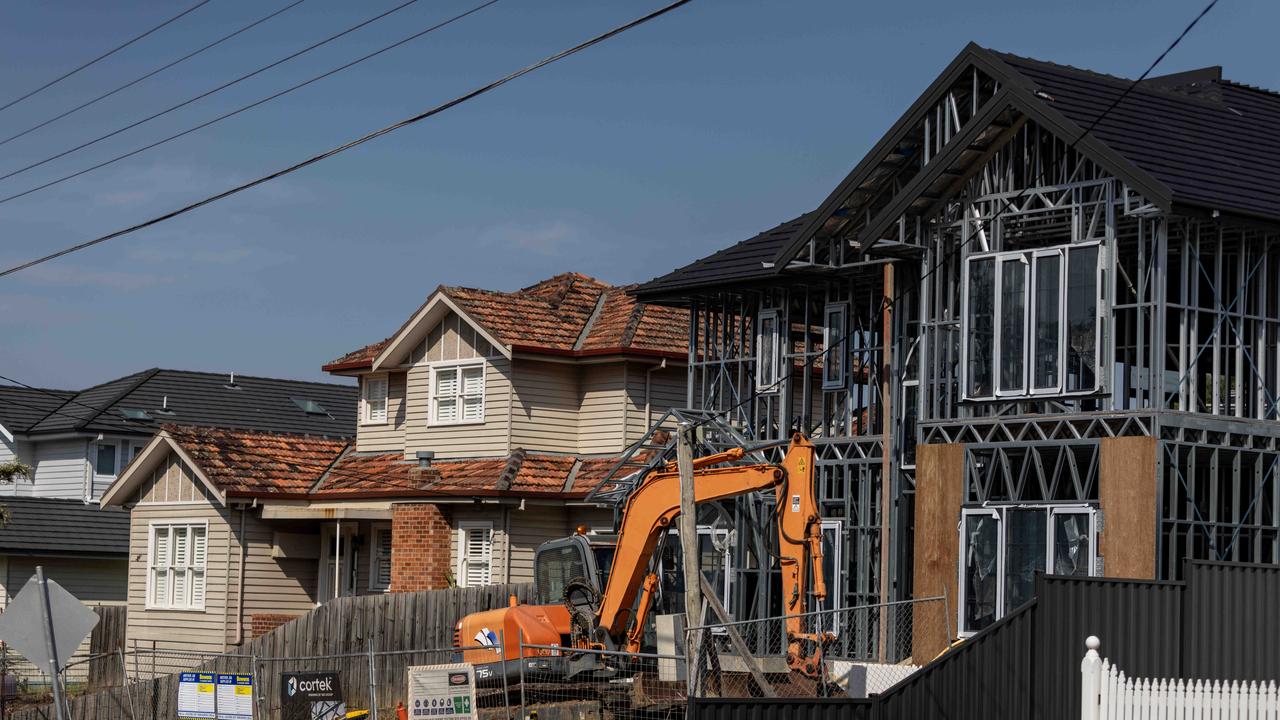
Oxford Economics Australia senior economist Maree Kilroy said apartment approvals were pulling down the sector, but there was some signs of hope for houses.
“We have passed the worst for house approvals, with monthly volumes running about 10 per cent above a year ago,” Ms Kilroy said.
“There are still question marks as to when the apartment trough will be hit.”
She said there should be further approvements in 2025, if there are cuts to interest rates and as state and federal government support continues.
“This improvement will be slow going however, as entrenched trade labour shortages place an impactful speed limit on the early-stage recovery,” she said.
“New dwelling supply is now counting towards the National Housing Accord 1.2 million dwelling target.
“Allowing for a normal level of drop out to project completion, approvals need to average closer to 250,000 for the next five years.”
The value of total building approved fell 7.0 per cent to $12.06bn in June, following a 0.4 per cent rise in May.
The biggest driver of the fall was in non-residential building which fell 16.2 per cent to $4.46bn.
More Coverage
Originally published as ABS building approvals show another fall in June show



